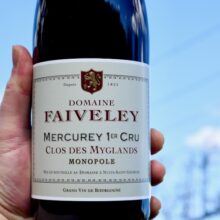
Product information
Domaine Faiveley Mercurey 1er Cru Clos de Myglands Monopole 2021
$112
Description
Reviews yet to come. Kelley’s note below is of the 2020. Along with the Le Clos du Roy this represents one of the best value Burgundies on the market.
As I wrote earlier this year, Faiveley’s 2019 Mercurey 1er Cru Clos des Myglands is a success, delivering aromas of sweet berry fruit, plums, espresso roast and spices. Medium to full-bodied, rich and fleshy, with powdery tannins and lively acids, it’s a heartier, more muscular wine than the ethereal Framboisière.
William Kelley, The Wine Advocate 92 Points
In stock
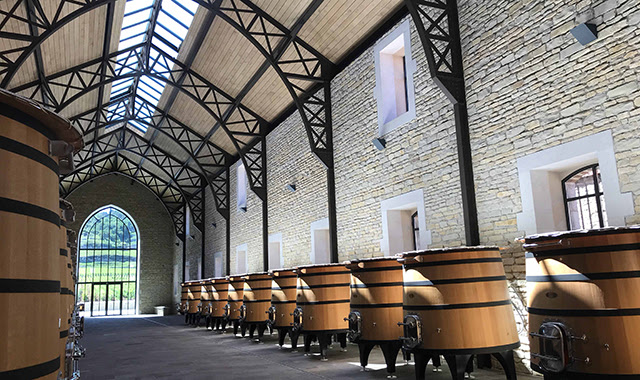








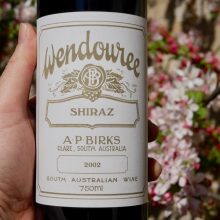
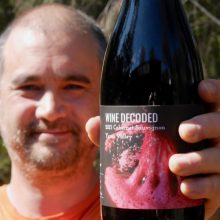
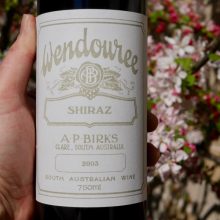
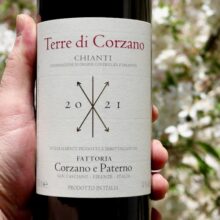
You must be logged in to post a comment.